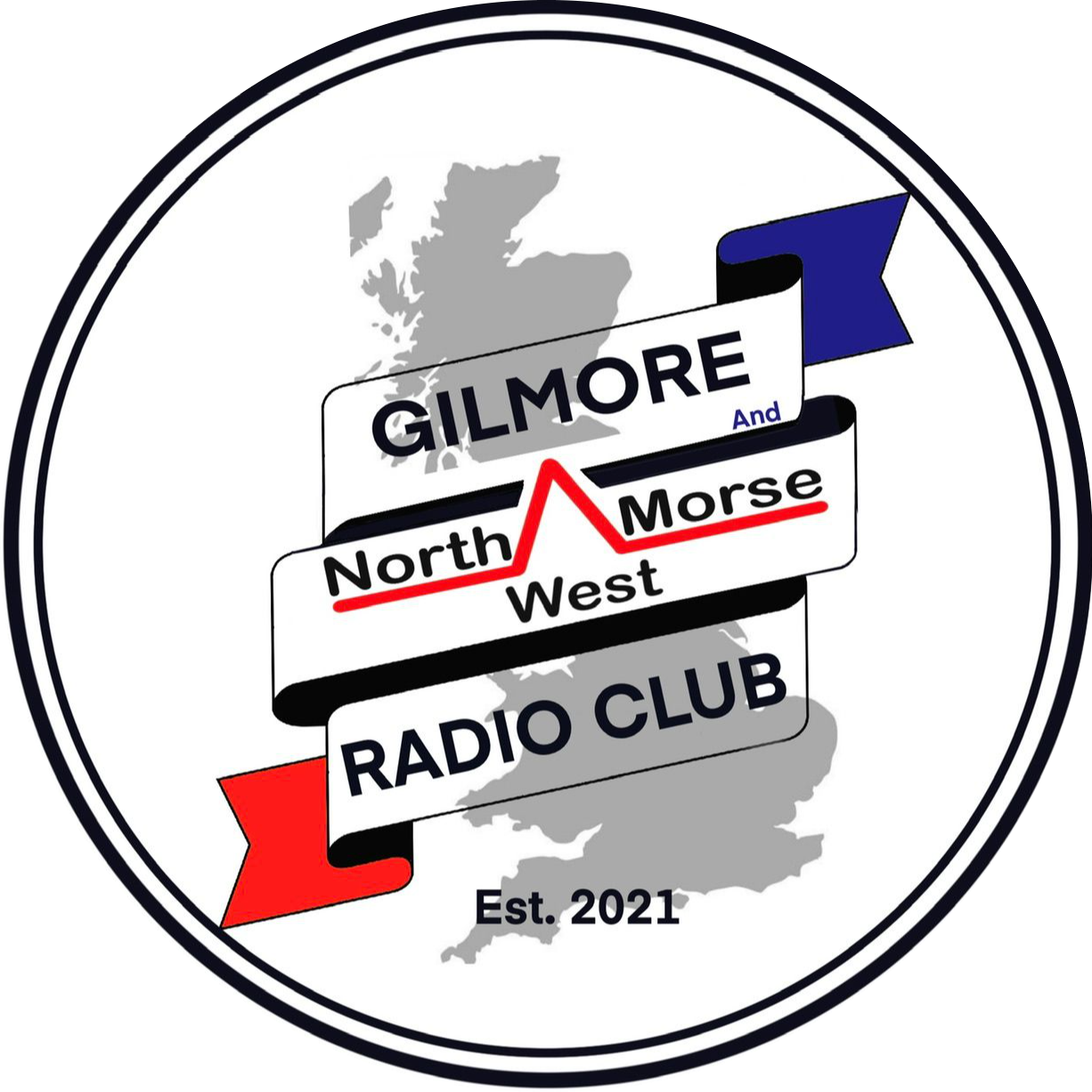Gilmore Radio Club – CW Corner News No 3, by David M0WDD
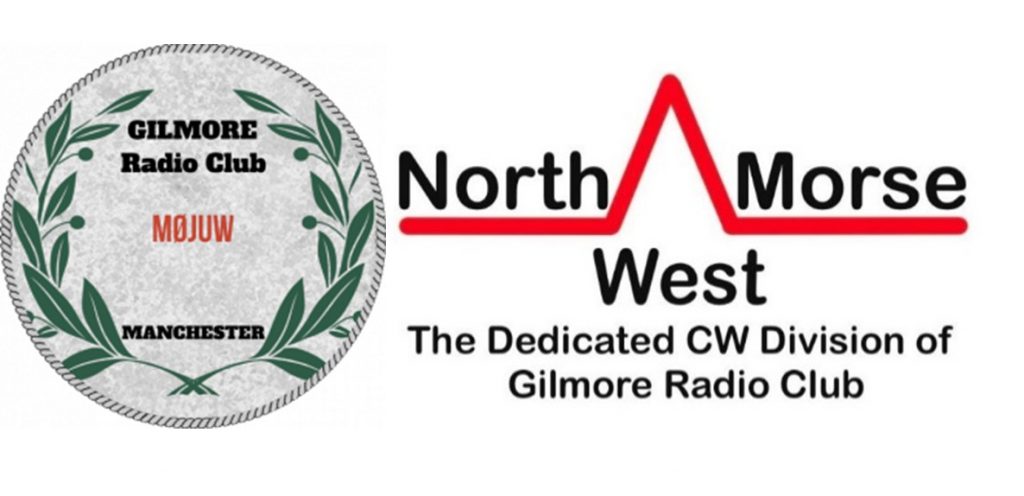
Welcome to CW Corner News No 3 in the friendly Gilmore Radio Club. Hope members enjoyed the first two CW Corner News. Feedback is always welcome, just email through the GRC Group email.
In this CW Corner News No 3, you’ll find:
- North West Morse – find out about this new club division
- Learning CW like learning a language – the key steps
- A selection of members Morse paddles
- The Gilmore Radio Club CW Quiz Number 3
- In Next CW Corner News
- And Finally
1. North West Morse
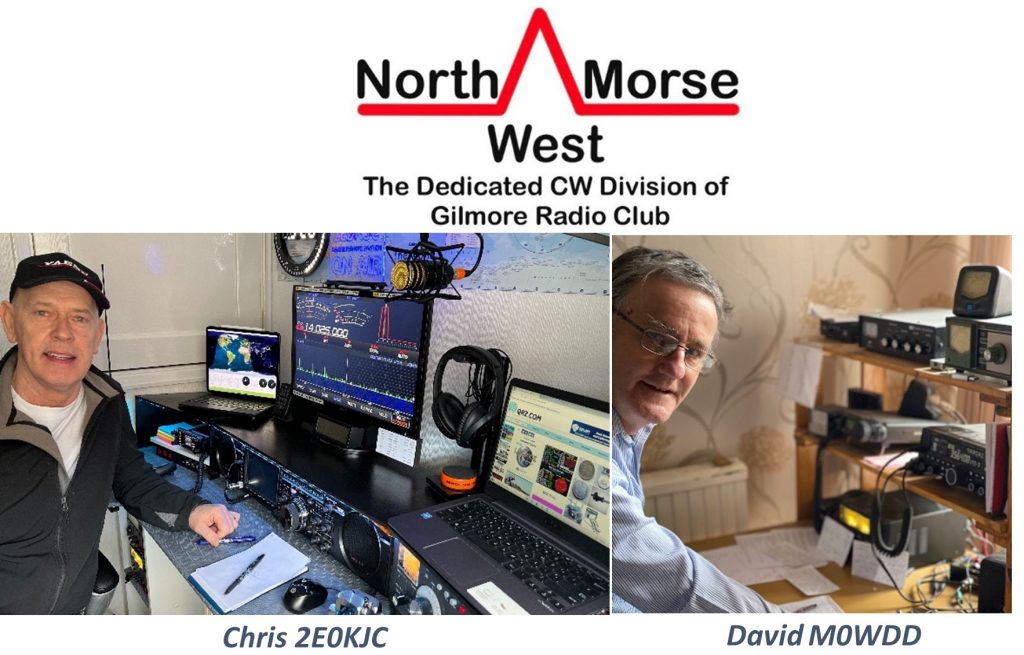
Last March GRC introduced a dedicated Morse division, North West Morse, run by Chris 2E0KJC and David M0WDD. North West Morse will focus primarily on the advancement of CW within Gilmore Radio Club and around the North West. Chris and David hope to increase the awareness and productivity of CW throughout the region through CW nets and training sessions. You can email northwestmorse@m0juw.co.uk to find out more.
North West Morse A Potted History, by Chris 2E0KJC
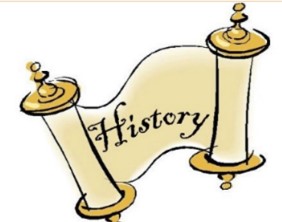
I Began Learning Morse shortly after taking my Foundation Exam in early 2020. Facing lockdown and time on my hands, I decided that CW was an interesting alternative to SSB on the HF Bands.
I quickly joined in on the morse sessions run by Stockport Radio Society, and being a learner was not a problem as they operated on various speeds from 6wpm upwards. It took about a year to become reasonably proficient, and a further year to be able to operate and head read at most speeds.
Late last year when the Gilmore Radio Club came about it was a natural progression for me to join the ranks and continue with cw.
North West Morse was born as a dedicated CW division of Gilmore Radio Club, offering all the advantages of a Radio Club, whilst maintaining a degree of autonomy. Regular nets run by myself and David M0WDD are proving popular and are gaining momentum.
Please contact either of us if you wish to dabble in morse, or if you require any further information.
2. Learning CW like learning a language – the three key steps
Learning CW is not really a language of course, but it’s very similar. We learn sequences of dits and dahs as sound patterns, which represent letters and numbers. So when we hear CW we decode in our brain what the characters are.
First step – we memorise the CW for all letters and numbers. CW memorising starts usually with remembering letters with short dits or dahs sequences, such as Dit for “e” and Dah for “t”, and then moves on to DitDah for “a” and DahDit for “n”. Then we could learn to decode short words just from these four characters. After this we move on to the longer CW sequences and so on.
Opinions do differ, but I found that learning to send at the same time as learning to listen works well.
Step two – lots of practice CW listening to our memorised letters and numbers. Listening to short words can make it more interesting and enjoyable as well as listening to groups of letters and numbers. The main thing is to find practice that works for you. Lots and lots of practice helps your memorise CW letters and numbers, and doing this many times moves the memorised CW from you conscious memory to your subconscious memory. This takes a while, but it is worth it.
Step three – daily listening practice, aiming for “Instant Character Recognition”. When you’ve heard CW for a particular letter or number so many times, you eventually know instantly what the letter or number is without having to think – it pops into your mind from your subconscious memory. This is Instant Character Recognition (ICR).
ICR allows you to increase your CW listening speed, so you don’t need to keep thinking, “what was that letter or number I just heard?” We all experience thinking this, and this means that the CW character is not yet firmly in your subconscious memory. We need to keep practising to get it there and it takes time to embed all the letters and numbers in your subconscious memory. This takes longer, but it is worth it.
3. A selection of our members Morse paddles
Can you match which members owns which CW paddle?
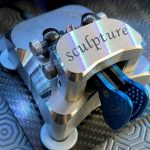



Email us and let us know who owns which CW paddle!
4. The Gilmore Radio Club CW Quiz

Latest quiz questions – the answers are hidden elsewhere in this GRC gazette!
Question 7) Which part of our memory do we use to decode incoming CW?
Question 8) What are the main parts of a CW paddle?
Question 9) Which part of a ham radio band is generally used for CW?
Answers to previous quiz questions in CW Corner number 2
Question 4) Name the person who also played a key part in developing morse code, as well as Samuel Morse? Answer: Alfred Vail.
Question 5) Can an op listening on a 2m FM only transceiver, listen to a 2m CW net? Please explain briefly. Answer: Usually No.
However, it is possible to decode the CW by placing an RF oscillator running very near the 2m frequency, near the transceiver antenna, to zero beat with the incoming 2m CW signal. For example, an antenna analyser outputs an rf signal. If it covers the 2m band, and tuned to very near the CW frequency, you can hear the CW sidetone in the receiver – works like a BFO.
Question 6) What does “Zero Beat” mean in relation to receiving a CW signal? Please explain briefly. Answer: describes when receiver is on exact same frequency as incoming CW signal; also called spotting. You tune your receiver to match the incoming sidetone frequency to your own sidetone frequency. When very near, you hear a low frequency beat, which reduced to zero when exactly on frequency; hence the term zero beat.
5. In Next CW Corner, No 4
In the next issue, we will include these topics:
– Can you “give up” on learning CW and live to fight another CW day? (Carried over from this issue)
– Things I wish I knew first when I started learning CW!!
6. And Finally
Have you any CW pictures or interesting stories about your CW experiences? If you’d like to see these in a future issue, please email me with details. Thank you.
Until next time, best wishes from David M0WDD, North West Morse, Gilmore Radio Club, May 2022.
